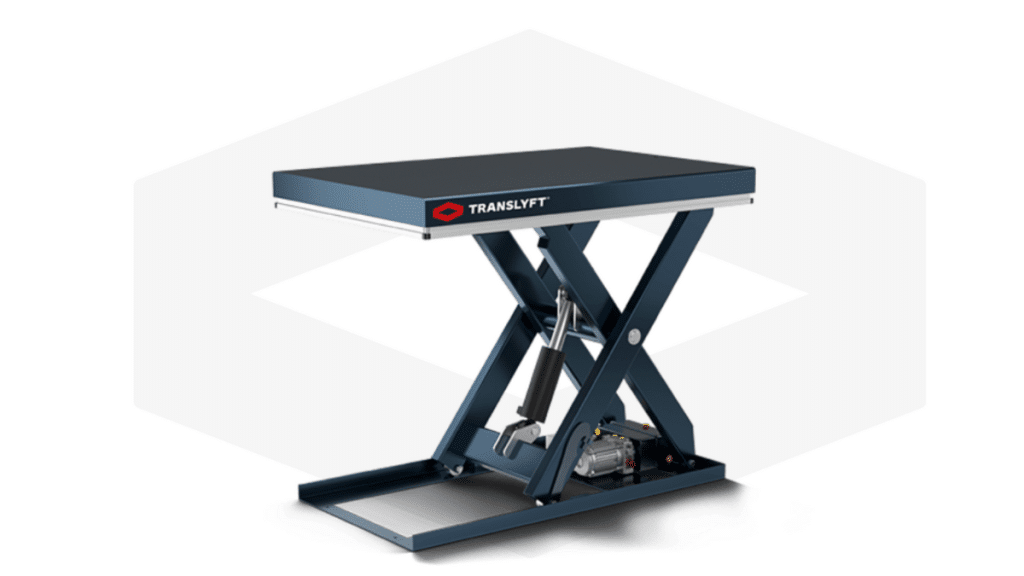In industrial operations, efficiency and safety are crucial. One tool that significantly improves both is the lifting table. Lifting tables are versatile devices that assist in lifting and positioning heavy materials. They reduce physical strain while also enhancing productivity. The use of lifting tables can simplify material handling processes in warehouses as well as manufacturing units.
Let us explore the top benefits of using lifting tables and why they are an essential part of modern industrial setups.
1. Enhances Workplace Safety
Lifting heavy loads manually can cause serious injuries. Using lifting tables help you reduce such risks by handling the weight for workers. They allow operators to position materials at the right height and prevent back strain and other ergonomic issues. This safety improvement helps employers protect their workforce and avoid unnecessary medical expenses.
2. Increases Operational Efficiency
Lifting tables streamline material handling tasks, which speeds up industrial operations. Workers can move heavy loads more easily, which reduces delays. These tables also minimise errors caused by fatigue and ensure better performance. When lifting tables are used, productivity increases, and businesses can meet deadlines more effectively.
3. Reduces Worker Fatigue
Manual lifting can be exhausting and leads to physical strain. Lifting tables eliminate the need for repetitive heavy lifting. Workers can handle materials without bending or stretching by adjusting the height and position. This feature improves comfort and ensures employees feel less tired during long shifts.
4. Versatile Applications Across Industries
Lifting tables have wide applications in various industries. Manufacturing units use them for assembling parts, while warehouses rely on them for loading goods. Automotive workshops use them to lift vehicles for maintenance, and hospitals use them for transferring patients. Their versatility makes them a valuable tool across different sectors.
5. Customizable for Specific Needs
Lifting tables come in various designs to suit different industrial requirements. Businesses can choose models with specific weight capacities, lifting heights, and platform sizes. Some tables even offer advanced features like tilting mechanisms and motorized controls. These customizations ensure the lifting tables meet specific operational demands.
6. Boosts Long-Term Cost Savings
Investing in lifting tables reduces costs in the long run. Businesses can save on medical expenses and compensation claims by minimising worker injuries. Additionally, these tables enhance efficiency, which helps reduce labour costs and production delays. Their durability ensures a good return on investment for businesses.
7. Improves Material Handling Precision
Certain materials require precise handling to avoid damage. Lifting tables allow operators to adjust the height and position for delicate tasks. This precision ensures materials are handled carefully and reduce the risk of costly damages. Industries dealing with fragile goods particularly benefit from this feature.
8. Easy to Operate and Maintain
Modern lifting tables are user-friendly and require minimal training for operation. Operators can control them easily with hydraulic or electric systems. Maintenance is also straightforward, as most tables are built with durable materials. With regular servicing, lifting tables remain efficient and functional for years.
Lifting tables are an indispensable tool in industrial operations. They enhance workplace safety, boost efficiency, and reduce worker fatigue. Their versatility, precision, and cost-saving benefits make them essential for modern industries. Businesses can improve productivity and ensure smoother operations by investing in lifting tables. Lifting tables can simplify your tasks and create a safer work environment.
